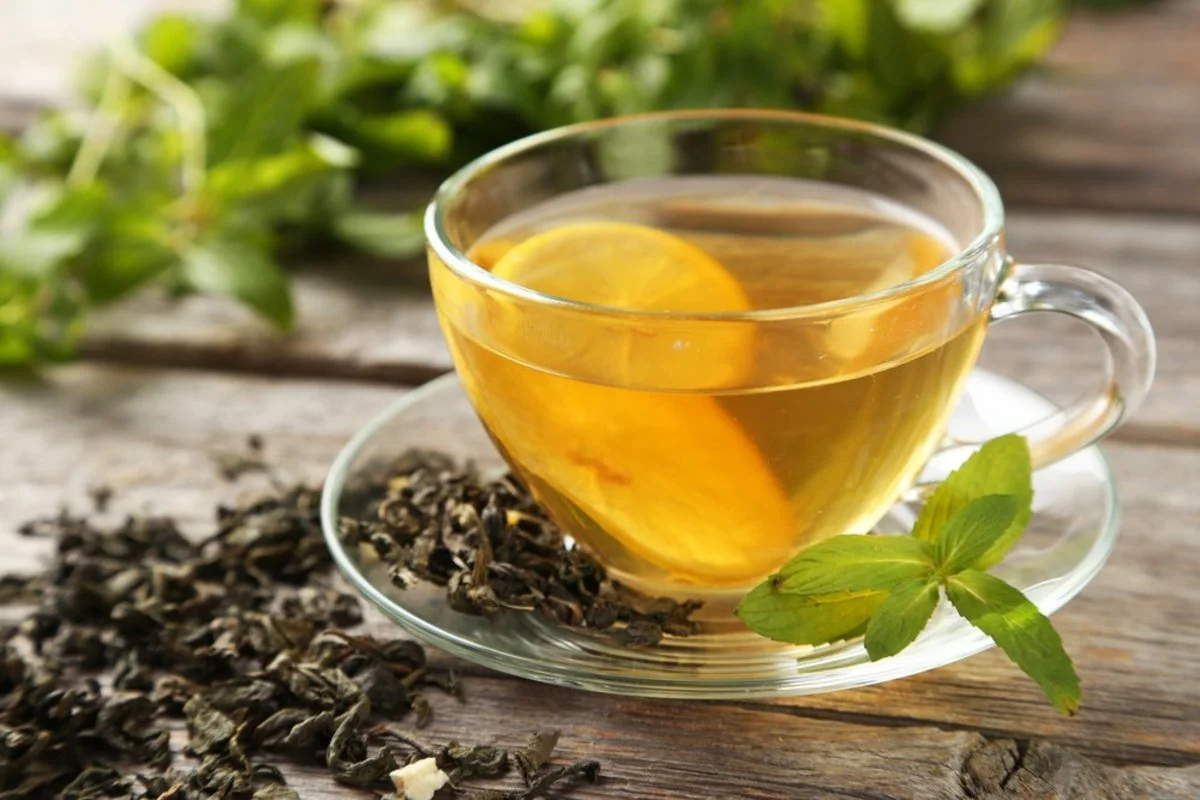Why all the hype about the green and white tea? Potency. Green tea is produced from the fresh leaves of Camellia sinensis by steaming or drying without fermenting. Categorizing tea as “black,” “oolong,” “green,” or “white” depends on the amount of processing the leaves undergo. White tea is the least processed, followed by green. The minimal processing results in a higher concentration or protective polyphenols - antioxidants that prevent DNA damage. Polyphenols, mainly composed of catechins, are the main functional extracts from green tea, and the major green tea polyphenol is epigallocatechin-3-gallate (EGCG) accounting for more than 50% of total polyphenols. Tea polyphenols, specifically catechins and EGCG, are crucial in promoting health. Green tea and EGCG can be promising candidates for the prevention and management of cancer, obesity, diabetes, cardiovascular diseases, neural diseases, and liver diseases, owing to its potent antioxidant, anti-inflammatory, and anti-fibrogenic properties. Research has found that green tea supplementation improves total antioxidant capacity.
Cancer
Green tea may reduce the risk of many cancers, breast, ovarian, endometrial, cervical, colorectal, prostate, bladder, gastric, esophageal, chronic myeloid leukemia (CML), liver, lung, skin, and head and neck. Animal data has consistently demonstrated positive effects of green tea and cancer. Human studies, however, are much less consistent. Among 11 meta-analyses, seven studies reported an inverse association between green tea consumption and cancer. A meta-analysis of prospective cohort studies, however, found no statistically significant association between green tea and cancer. In this trial, while there was no statistical significance in the comparison of the highest versus lowest category, there was a trend of reduced incidence of prostate cancer with each 1 cup/day increase of green tea; this demonstrated that higher green tea consumption linearly reduced prostate cancer risk with more than 7 cups/day and green tea catechins were effective for preventing prostate cancer. Additionally, green tea has been shown to enhance the effects of various cancer treatments, including Doxorubicin, Idarubicin, Paclitaxel, Tamoxifen, Fluorouracil, and Interleukin-2. Note that while drinking green tea is considered to be very safe, it’s wise to be cautious with high dose green tea supplements as they may lead to an increase in liver enzymes, suggesting stress to the liver.
Cardiovascular Health
Studies show that green tea may improve various cardiovascular risk factors. A meta-analysis of 31 studies found that green tea supplementation significantly lowered both serum TC and LDL cholesterol concentrations and demonstrated a trend toward decrease in triglyceride concentrations. Because green tea increases the antioxidant capacity of the blood, which protects the LDL particles from oxidation, this explains one way that green tea is protective against heart disease. Research has found that people who drink green tea have up to a 31% lower risk of dying from a cardiovascular disease.
Blood Sugar & Diabetes
According to a review of seven studies with a total of 286,701 individuals, tea drinkers had an 18% lower risk of diabetes. A Japanese trial found that those who drank the most green tea had an approximately 42% lower risk of type 2 diabetes. Research suggests that green tea improves insulin sensitivity and reduces blood sugar, hemoglobin A1C, and insulin levels.
Fatty Liver
Many studies report green tea and EGCG, in particular, to exert beneficial effects against non-alcoholic fatty liver disease (NAFLD). The protective mechanisms may include alleviating oxidative stress, improving lipid metabolism, inflammation cascades, fibrotic response, and lowering the risk of liver cancer.
Neuroprotection
While more research is needed, preclinical and animal studies indicate that green tea has a potent neuroprotective effect. EGCG intake enhances cognitive function, improves insulin sensitivity and decreases amyloid-β production in the brain, thus reducing neuroinflammation. Green tea contains the amino acid l-theanine, which can cross the blood-brain barrier. L-theanine can be very calming exhibiting anti-anxiety effects due to the increase in the inhibitory neurotransmitter GABA.
Digestive Health & the Microbiome
Tea polyphenols can be metabolized by gut bacteria, which appears to promote the growth of some beneficial species. Additionally, polyphenols are also able to hinder the growth of some pathogenic bacteria. Consuming green tea reduces the production of pro-inflammatory substances, such as lipopolysaccharide endotoxin (LPS), and helps regulate inflammatory pathways.
Bottom Line
Drinking green tea is one way to increase your antioxidant status and strengthen your immune function. Green tea and its protective polyphenols, including EGCG, may offer protection against a variety of chronic diseases. While much less than coffee, green tea does naturally contain caffeine.
What about matcha? Matcha is a powdered green tea comprised of ground tea leaves. Hence, matcha is particularly rich in antioxidants. Matcha is also higher in caffeine, similar to coffee. Additionally, matcha is higher in vitamin C, quercetin, chlorophyll, rutin, and theanine than traditional green tea. Generally speaking, drinking green tea or matcha regularly contributes various health properties. Opt for unsweetened varieties as many bottled, instant, and powdered versions contain added sugars. To gain the greatest benefits, add citrus to your green tea – a simple squeeze of lemon can increase the antioxidant load four-fold! Avoid adding milk to your tea as it may reduce the antioxidant value.
Hope this information is helpful and keeps your immune system strong!
Be well,
Natalie

